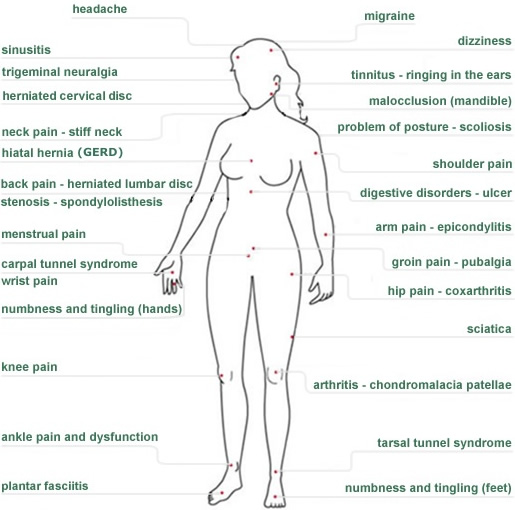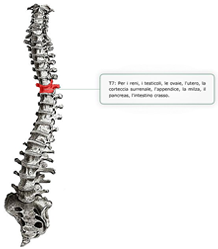Vitamin E
VITAMIN E
Vitamin E has been found to be very effective in preventing and reversing various disease states. By definition, vitamins must be acquired through food because our bodies are unable to synthesize them. Vitamin E isn't just one vitamin but rather a group of 8 different compounds called tocopherols and tocotrienols. These compounds were first discovered in 1922 and each one has their own biological effect.
Vitamin E functions:
Vitamin E is an antioxidant which means that it protects body tissue from damage caused by substances called free radicals. Free radicals are needed to fight bad bacteria in our system. However, in excessive amounts of free radicals become destructive and cause us to age more rapidly. Vitamin E and other anti-oxidants quench free radical activity.
Vitamin E prevents against:
- atherosclerosis
- cardiovascular diseases
- platelet aggregation
- cancer
- cataracts
- Alzheimer's disease
- immune system deficiencies
Dr. George Goodheart, the founder of Applied Kinesiology decoded the associations between muscles and nutrients. Vitamin E was found to be related to low back and pelvic muscles including Gluteus Medius and Maximus, Abdominals, Adductors, Hamstrings, Quadratus Lumborum, Sacrospinalis, and Iliopsoas. As such, deficiency in vitamin E will often result in chronic low back and hip pain.
Common symptoms of vitamin E deficiency include:
- low back / hip pain
- greasy stools
- chronic diarrhea
- inability to secrete bile
- anemia
- impairment of immune system
- retinopathy / vision problems
- varied neurological / musculo-skeletal problems
Which foods provide vitamin E?
Nuts, seeds, and vegetable oils contain high amounts of vitamin E. Significant amounts can also be found in green leafy vegetables, broccoli, and mango.
Should I supplement with vitamin E?
Supplementation with vitamin E may be a viable option for many conditions. However, it is important to consult with a medical practitioner who uses muscle testing and / or indicator testing before prescribing. Supplementing with the wrong brand or wrong type of vitamin E can create hypervitaminosis and an array of other health problems.

 SCHEDULE AN APPOINTMENT
SCHEDULE AN APPOINTMENT









